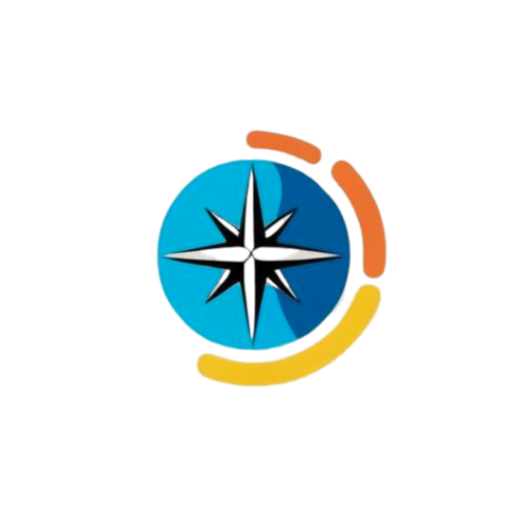Historical Timeline
c. 1235 (April 5, Friday) – Formation of the Mali Empire under Sundiata Keita
1465 (February 11, Thursday) – Mali Empire reaches its peak under Emperor Kankan Musa
1591 (March 2, Saturday) – Moroccan invasion marks the fall of the Mali Empire
1892 (March 29, Tuesday) – French colonization of Mali begins
1960 (September 22, Thursday) – Independence from France, the Republic of Mali is formed
1968 (November 19, Tuesday) – Military coup ousts President Modibo Keita
1991 (March 26, Tuesday) – Revolution removes long-time leader Moussa Traoré, leading to democratic transition
2012 (March 22, Thursday) – Military coup ousts President Amadou Toumani Touré, leading to instability
2013 (January 11, Friday) – French intervention in Mali to combat Islamist militants
2015 (July 20, Monday) – Peace agreement signed with Tuareg rebels in northern Mali
2020 (August 18, Tuesday) – Military coup ousts President Ibrahim Boubacar Keita
2021 (May 24, Monday) – Second coup takes place, Assimi Goita assumes control
2022 (September 2022) – Floods in the southern region of Mali, displacing thousands
2024 (April 1, Monday) – Drought in the Sahel region causes food insecurity and economic hardship
General Information
Continent: Africa
Location: West Africa, landlocked, bordered by seven countries
Capital: Bamako
Language: French (official), Bambara (widely spoken), and various other local languages
Currency: West African CFA franc (XOF)
Population: ~21.5 million (last updated: April 2025)
Time Zone: Greenwich Mean Time (GMT, UTC+0)
Topography
Borders: Algeria, Niger, Burkina Faso, Côte d’Ivoire, Guinea, Senegal, Mauritania
Landscape: Deserts, savannas, plateaus, rivers
Major Rivers: Niger River, Senegal River, Bani River
Major Mountains: Adrar des Ifoghas, Mount Hombori Tondo, Tassili n’Ajjer
Deserts: Sahara Desert, Sahel
Lakes: Lake Faguibine, Lake Sélingué
Volcanoes: None
Highest Point: Mount Hombori Tondo – 1,155 m (3,793 ft)
Lowest Point: Niger River – 200 m (656 ft)
Climate: Tropical climate in the south, arid and hot desert climate in the north
Geological Features: Sahelian plains, desert dunes, river valleys, plateaus
Demography
Ethnic Groups: Bambara, Fulani, Tuareg, Songhai, Senufo, and others
Religion: Islam (around 90%), Christianity (about 5%), indigenous religions (around 5%)
Urban Population: ~43% (last updated: 2023)
Aging Population: ~3% aged 65+ (last updated: 2024)
Culture
Famous For: Traditional music (e.g., griot), Mali Empire history, architecture, textiles, food
Cuisine: Couscous, rice, millet, lamb, fish, stews, and the staple grain fonio
Arts: Music (Bamako’s music scene, iconic musicians such as Ali Farka Touré), literature, textile arts
Sports: Football (soccer), basketball, traditional wrestling
Economy
Economy Type: Low-income, agriculture-based economy with a growing mining sector
GDP: Approx. $21 billion USD (last updated: 2024)
Major Industries: Agriculture (cotton, millet, rice), gold mining, livestock, tourism
Key Exports: Gold, cotton, livestock, agricultural products
Unemployment Rate: ~8.5% (last updated: 2024)
Economic Regions: Rural agriculture in the south, mining in the west
Government
Government Type: Semi-presidential republic
Head of State: President Assimi Goita (as of April 2025)
Head of Government: Prime Minister Choguel Kokalla Maïga (as of April 2025)
Legislature: Bicameral (National Assembly & Council of Ministers)
Constitution: In effect since 1992, but suspended multiple times due to military coups
Travel Attractions
Bamako: National Museum, Grand Mosque, the Niger River
Tombouctou (Timbuktu): UNESCO World Heritage Site, historical city with Islamic learning and architecture
Dogon Country: Cliff-side villages, rich cultural heritage
Djenné: Great Mosque of Djenné, largest mud building in the world
Mopti: City of canals, beautiful architecture, fishing villages
